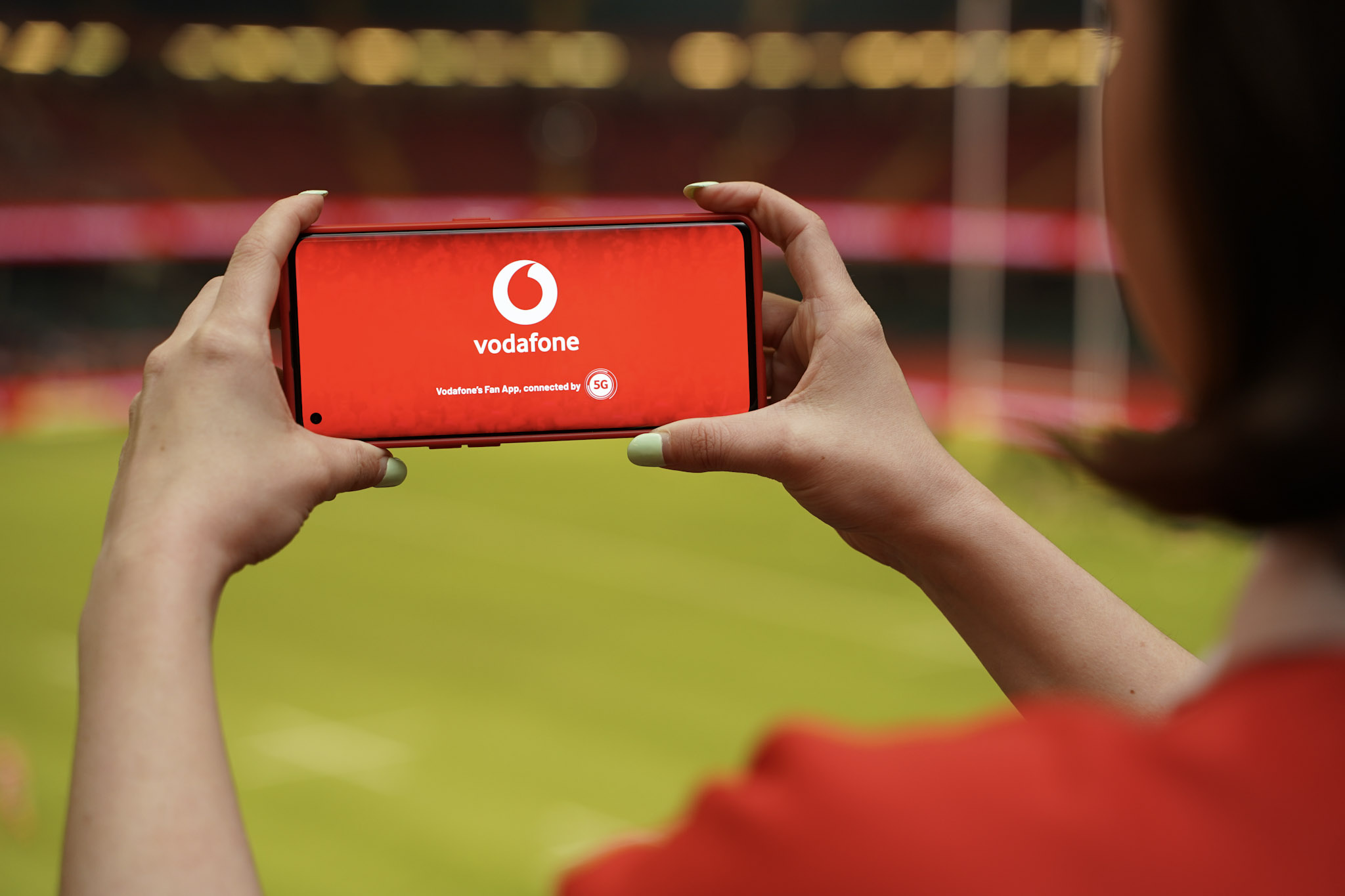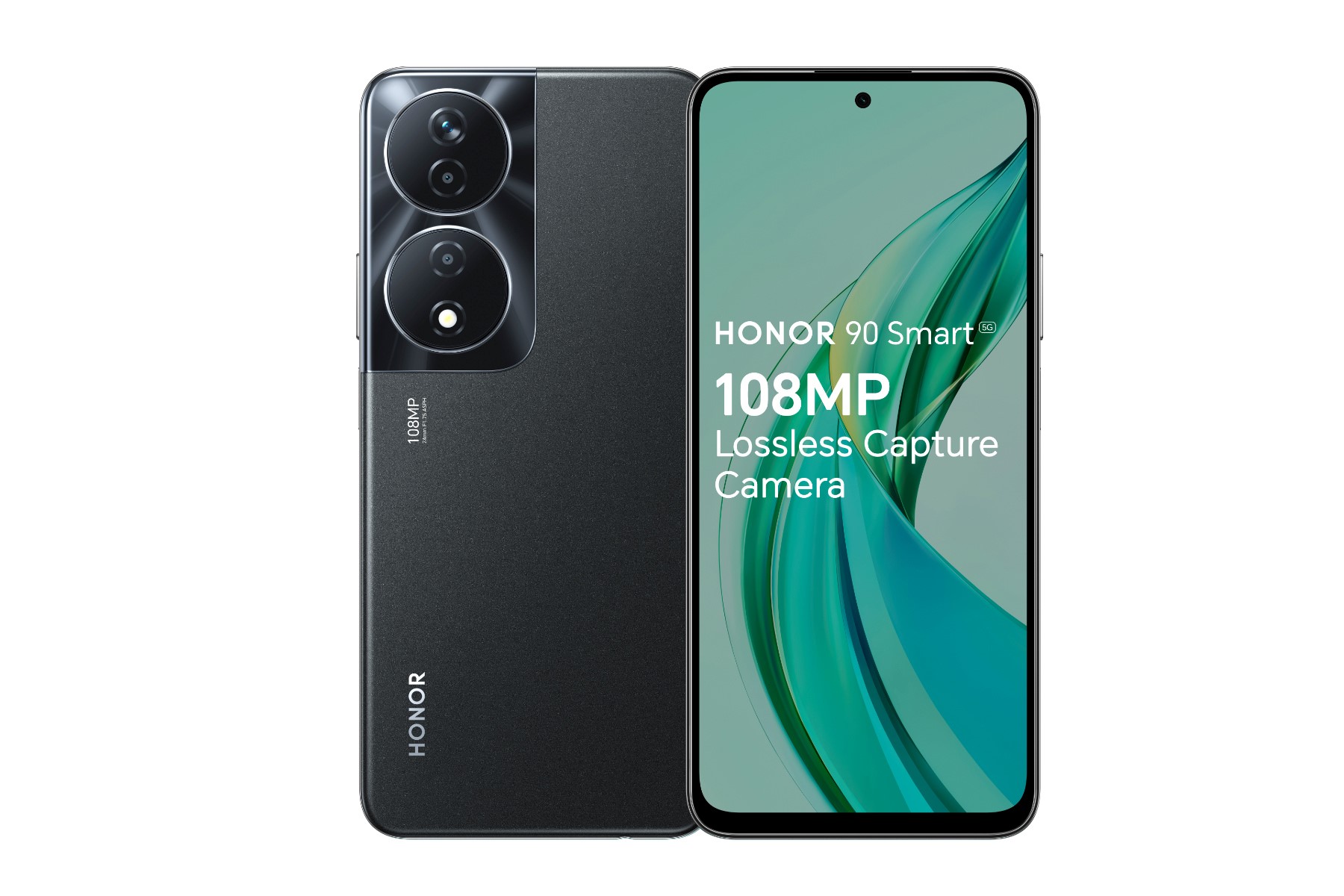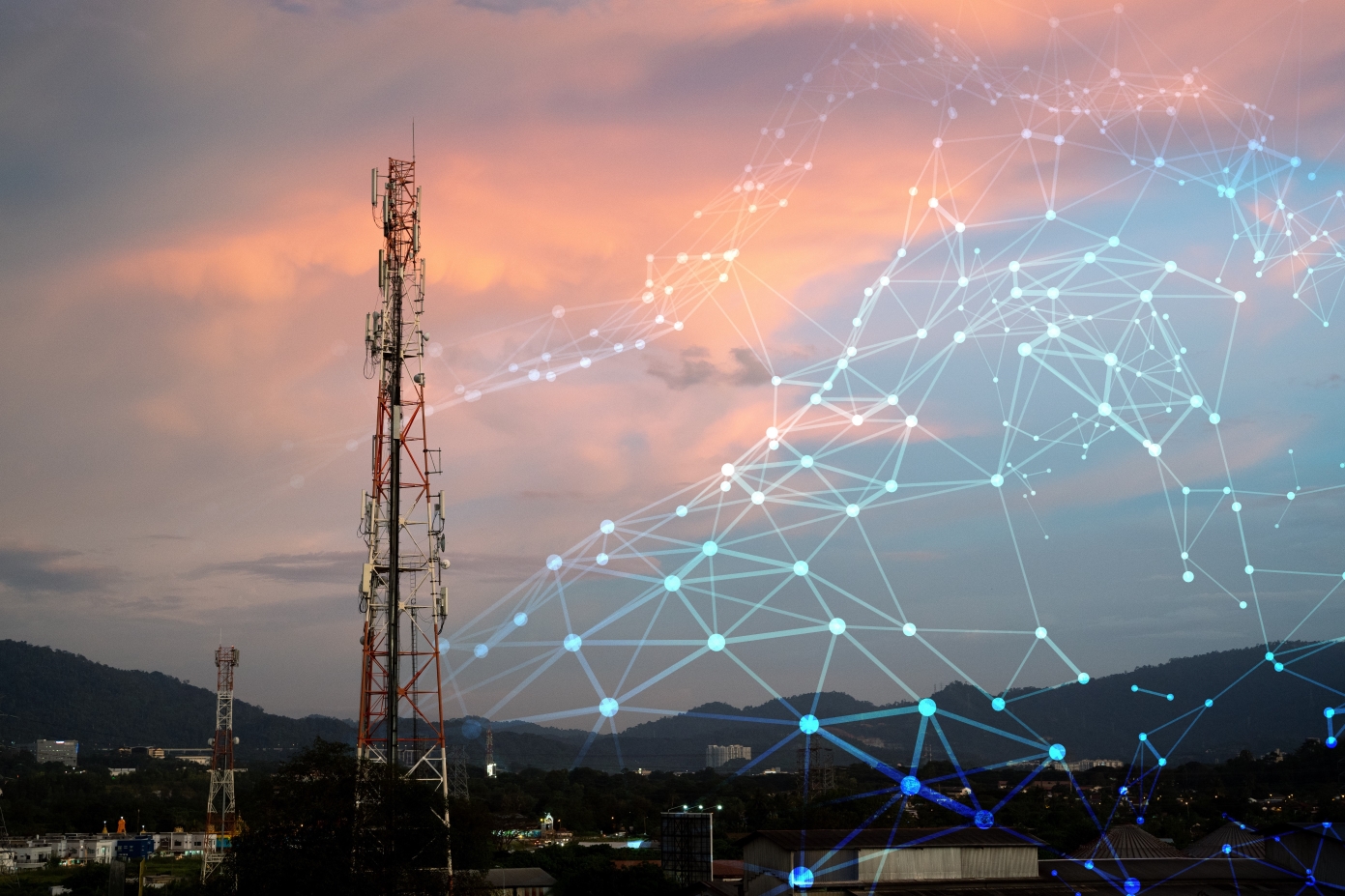
If you have questions about 5G, then our regularly updated guide has the answers.
The superfast fifth generation of mobile network connectivity is being rolled out across the UK, with devices and plans available to use right now from Vodafone UK.
But what exactly is 5G? And how does it work?
What is 5G?
Short for the ‘fifth generation’ wireless mobile network, 5G is the newest iteration of our global mobile networking standard.
It promises…
- Much higher download and upload speeds
- Lower latency (the time it takes for a connected service to respond to your command)
- Far greater capacity, enabling many more people to get a signal even in very crowded areas, such as football stadia and railway stations.
A short G history…
- 1G (first generation), introduced in the early 1980s, was analogue and voice-only.
- 2G followed in the 1990s, adding call and text encryption, and basic data services like Short Message Service (SMS) texting, picture messages and Multimedia Messaging Service (MMS).
- 3G came along in 1998, ushering in a new era of video calling and mobile internet.
- 4G launched in 2013, supporting higher-speed services, such as HD (high definition) streaming, gaming services and video conferencing.
- 5G went live on the Vodafone UK network on 3 July 2019, promising game-changing speeds and far greater capacity.

How fast is it?
Very. Whereas 4G offers 23-35Mbps (megabits per second) on average, the potential with 5G is up to 10 times faster than that, depending on how it’s deployed.
A test in Madrid saw speeds as high as 670Mbps.
During a test at Manchester Airport, a single episode of Tin Star on NOW TV was downloaded in just 45 seconds over 5G. All nine episodes of season two were downloaded in just over six minutes. That’s around four times quicker than over 4G, which took just over 26 minutes in the same conditions.
What will 5G enable us to do?
5G offers three major advantages:
- Speed: significantly faster downloads and uploads. Imagine superfast broadband for when we’re out and about.
- Low latency: latency is the time it takes for a device connected to an online service to respond to your inputs or instructions, otherwise known as lag. Reducing this time lag is crucial in making, say, virtual reality (VR) and augmented reality (AR) applications faster to respond.
- Huge capacity: this just means that it can handle lots of people and services accessing the network at the same time, even in densely populated areas.
Given these advantages, here are some of the things we might be able to do:
- Download movies much faster and stream games without any interruptions.
- Enjoy VR on the go without wires or nausea-inducing lag.
- Carry out remote surgery in near real-time using robotic arms.
- Conduct live holographic phone calls.
- Benefit from AR guidance and training using smart glasses or car windscreens.
- Help drones co-operate in emergency situations.
- Enable driverless cars to communicate with each other and smart city infrastructure (such as traffic lights) more efficiently.
The real benefits will shine through in brand new applications
But the exciting thing about 5G is that its real power has yet to be seen, because developers may come up with all sorts of applications we haven’t even imagined yet.
The radio frequencies currently used for 5G in the UK are similar to the ones we use for 4G services. Where 4G uses frequencies between 800 megahertz (MHz) and 2.6 gigahertz (GHz), 5G uses frequencies between 3.4GHz and 3.6GHz. In comparison, your television transmission uses frequencies of up to 806 MHz, and WiFi is between 2GHz and 5GHz.
Crucially, these frequencies, along with new mast technology, allow for greater bandwidth, letting more data flow back and forth between devices at greater speeds.
What are Vodafone’s 5G network plans?
Vodafone’s 5G network – offering unparalleled speeds and plans with unlimited monthly data – is live right now and being rolled out across the UK.
Vodafone is also launching 5G in more countries than anyone else. So, including the UK, Vodafone now offers 5G across Italy, Spain, Germany and Ireland.
Vodafone is also rolling out 5G Standalone technology under the name 5G Ultra. Unlike the 5G technology used so far, 5G Standalone doesn’t rely on 4G in any way, either in its masts or in its Core network. This unlocks capabilities beyond just faster download and upload speeds, such as network slicing, Mobile Private Networks (MPNs) and lower latency.
Network slicing allows parts of the 5G network in a particular area to be dedicated to a specific use, or used only by specific customers such as a business or public body. For example, network slicing is being used to create 5G Mobile Private Networks (MPNs) for industrial and manufacturing purposes by Centrica and Ford.
What are Mobile Private Networks?
A Mobile Private Network (MPN) is a scaled-down 5G and 4G data network for use by a specific business or organisation. Vodafone installs dedicated, secure Core infrastructure as well as a Radio Access Network covering the organisation’s premises, whether indoors, outdoors or both. It’s ‘private’ as the network would only be accessible by devices and machines that the organisation allows.
As the Core is located right next to the Radio Access Network, Vodafone can provide data services that meet customers’ specific, specialist requirements that cannot be met by the public network. These requirements could be coverage, device capacity, security or the need to customise network performance in a specific way. The Mobile Private Network can easily be modified or upgraded as these requirements change.
Lower latency means less lag, which brings otherwise tricky or impossible real-time experiences to life. Experiences which depend on instantaneous reactions, such as a transatlantic piano duet or a robot in London being controlled from South Africa.
In the meantime, you can pop into a Vodafone store or visit the dedicated 5G page on the Vodafone UK website to find out about 5G devices and plans.
Will people in rural areas benefit?
Vodafone wants to bring 5G to as much of the UK as possible.
You can see the current shape of Vodafone’s 5G coverage using the network status checker.
Do I need a new device?
Yes you do. Vodafone, Ericsson and Qualcomm tested the first 5G modem for smartphones – the Qualcomm Snapdragon X50 – in 2019.
An increasingly wide range of 5G smartphones are available from Apple, Google, Samsung and Sony to name just a few household names. 5G tablets and laptops are also available from Apple and Samsung. More 5G devices are arriving all the time.
A 5G version of Vodafone’s Gigacube home router is also available. As it uses the Vodafone 5G network for its internet connection rather than a fixed line, it could be faster than the other home broadband options available in your area.
Can I use 5G abroad?
Whether you’re relaxing at home or travelling for work or pleasure, Vodafone consumer and business customers can now enjoy 5G roaming across five countries – Spain, Germany, Italy, the Republic of Ireland and the UK. You can roam at no additional cost on selected plans, making Vodafone the perfect choice for your summer holidays or work trip.
Is 5G safe?
The short answer is: yes, there is no scientific evidence that 5G frequencies are harmful to humans.
These frequencies are in the non-ionising radiation zone, meaning that they can’t damage biological cells. It’s the ionising radiation that’s potentially dangerous – gamma rays, x-rays, and ultraviolet (UV) light, for example. This is why you shouldn’t spend too much time in the sun without UV protection.

![Happy friends cheering [Adobe Stock]](https://www.vodafone.co.uk/newscentre/app/uploads/2024/07/Happy-friends-cheering-Adobe-Stock.jpg)





![2-Young man enjoying a rugby match at the stadium[Adobe Stock] stock image of a happy bearded man in the stands at a stadium enjoying a rugby match](https://www.vodafone.co.uk/newscentre/app/uploads/2024/04/2-Young-man-enjoying-a-rugby-match-at-the-stadiumAdobe-Stock.jpg)